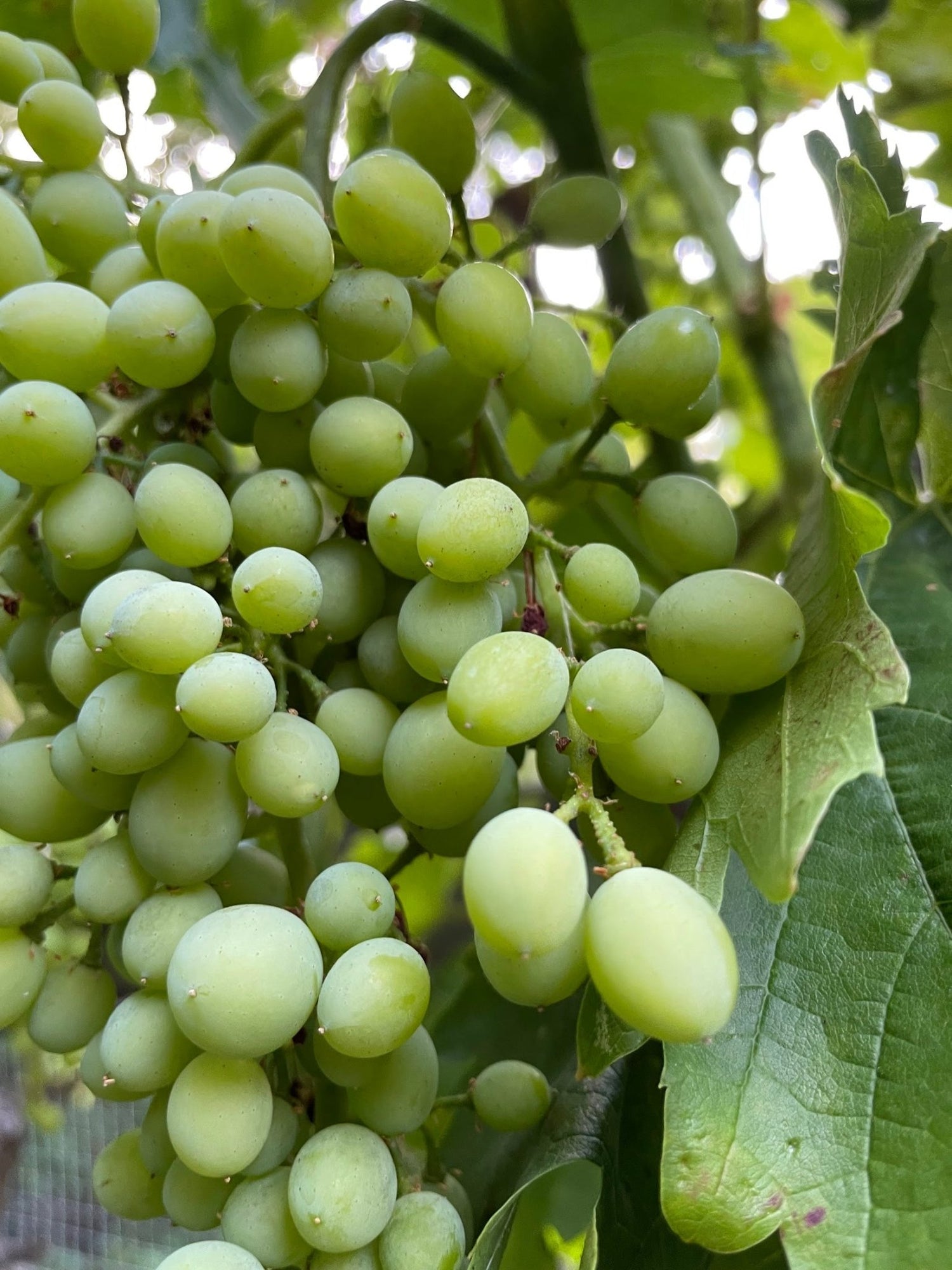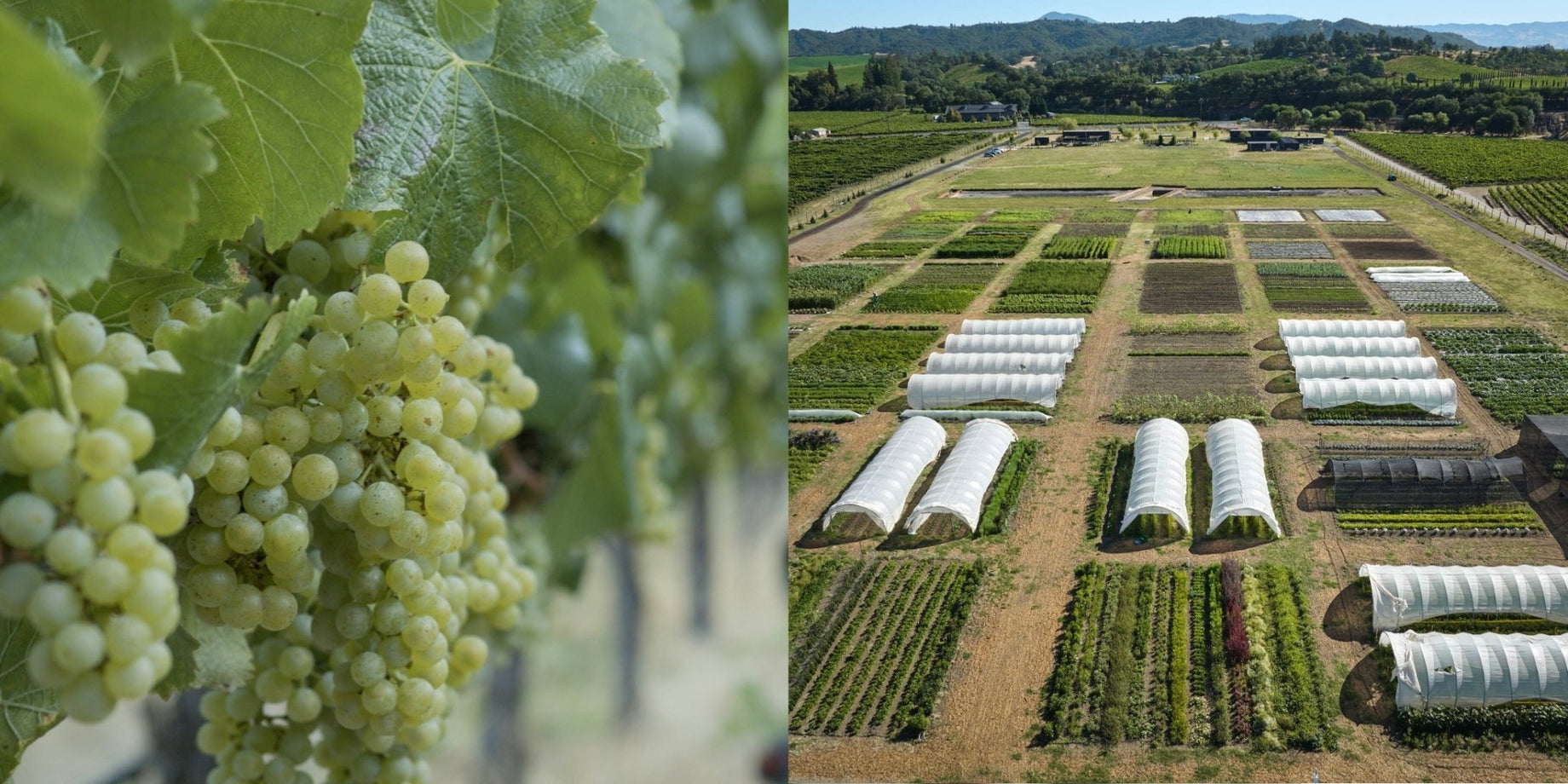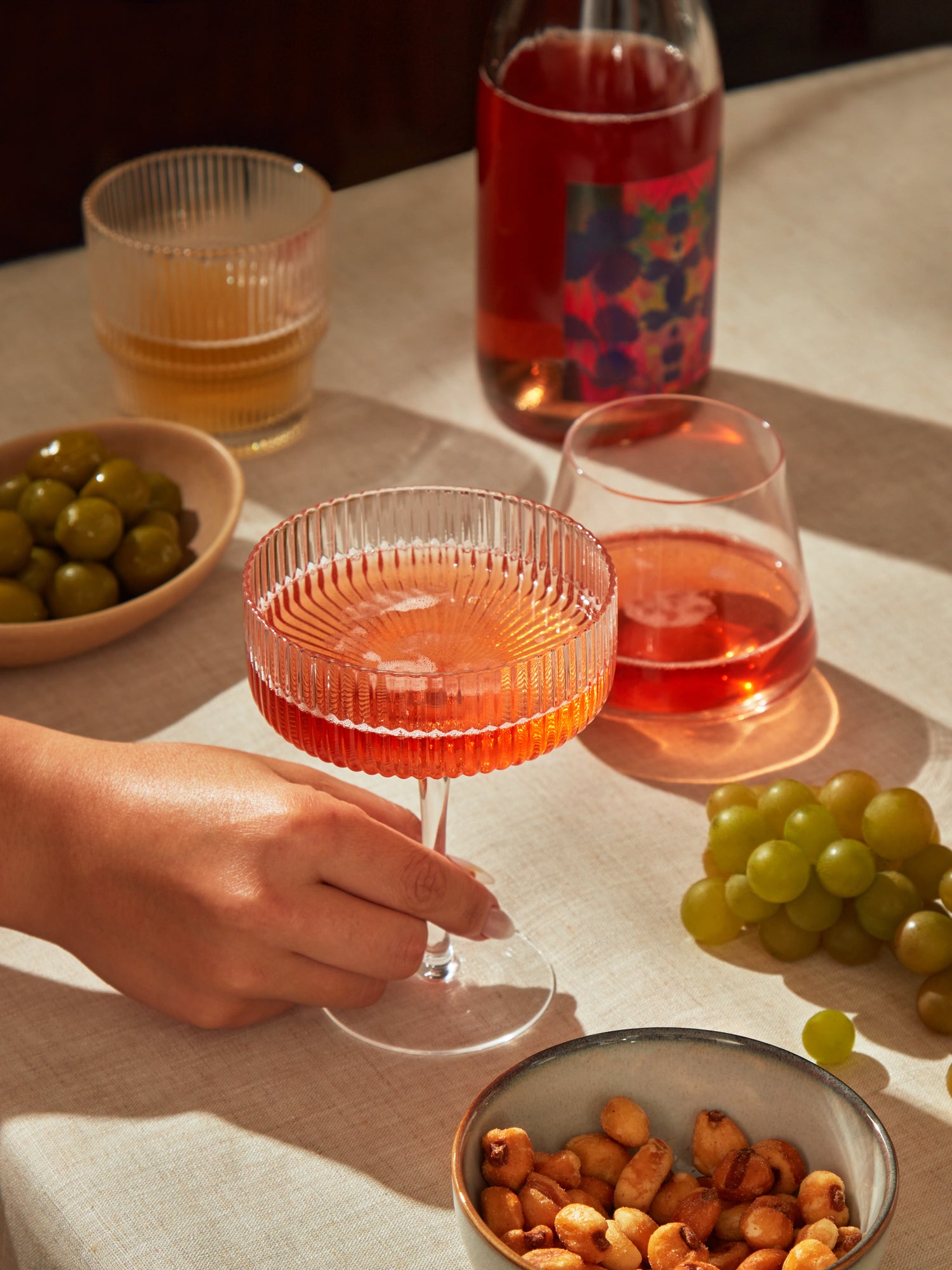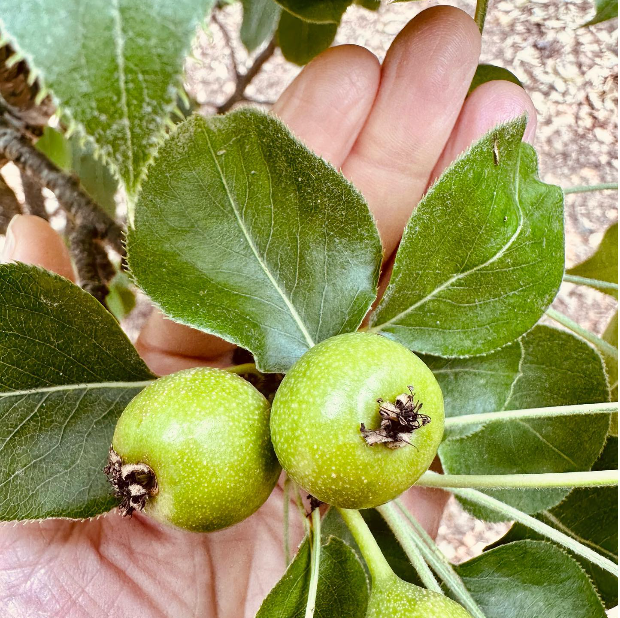We were first introduced to verjus through Scott Baird, a bartender at Trick Dog in San Francisco. We were starting to make our own non-alcoholic drinks at home and he was the one that suggested we work in verjus. We were familiar with using verjus for cooking (think dressings and marinades), but hadn’t considered it for drink making. Needless to say, it changed everything for us. Below, we’re getting into the history of verjus, how it’s made and why it’s a game changer for non-alcoholic beverages.
The history
We’re not the first to harness the power of verjus—it has been used in cooking and drink-making for centuries. The origins can be traced back to ancient Rome, where it was used as a souring agent in cooking. Over time, it became a popular alternative to vinegar and lemon juice thanks to its milder yet more complex flavor profile. Today, it's a staple for chefs and bartenders alike.
How it’s made
Verjus is made with young, tart grapes that are pressed into a golden juice. These grapes are picked many weeks before they would otherwise be picked for wine making. Harvesting them early ensures a high level of acidity and a delicate sweetness.
What makes it unique
Verjus’ magic is all in the balance of sweetness and acidity. It adds bite and complexity without being overpowering. The subtle acidity and complex flavor make it a versatile ingredient that provides a depth of flavor that can't be achieved with other souring agents.
Why it works in non-alcoholic beverages
Verjus gives a drink structure and helps to balance out the acids, tannins and sugars—just like in a great wine. And just like in an alcohol-based drink, you’ll get that bite sensation from verjus. When used in combination with other high-quality ingredients, it can elevate a non-alcoholic beverage to new heights.
Why it works in the kitchen
Not as sharp as vinegar, but more tart than white wine, verjus' versatility in the kitchen makes it shine. If you're making something savory (risotto or poached meat), treat it the same way you would white wine. If you're making something sweet (poached fruit or sorbet), treat it like you would lemon juice.







